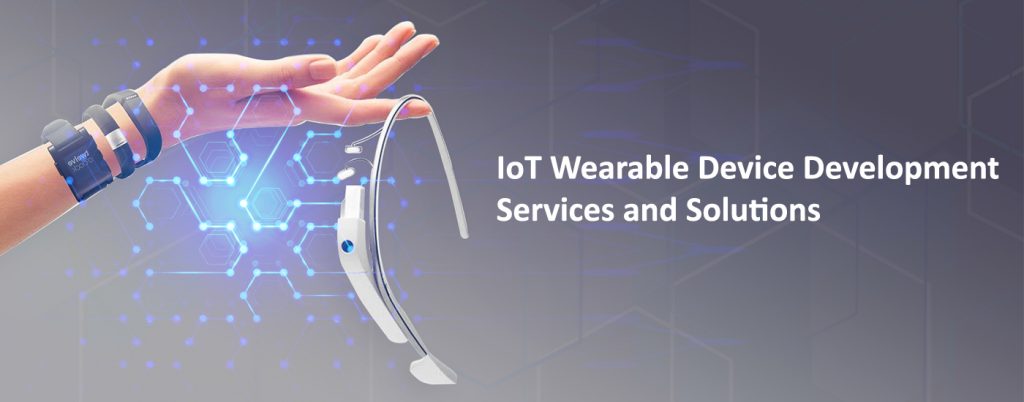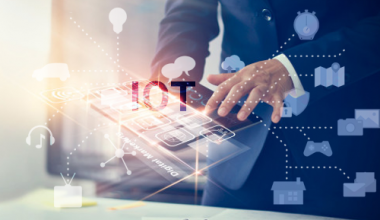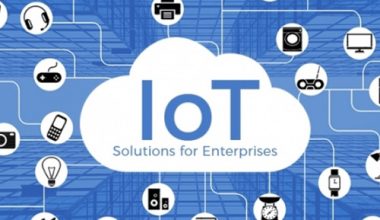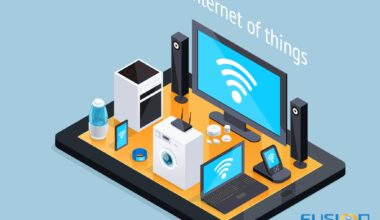The dawn of 5G technology ushers in a new phase in wireless communication, distinguished by greater speed, lower latency, and the capacity to connect a higher density of devices simultaneously. It marks a quantum leap from its predecessor, 4G, enhancing not just the speed of data transfer but also the efficiency of connections. The dynamic combination of these improvements paves the way for a variety of applications and use cases that were hitherto considered ambitious.
Simultaneously, the Internet of Things (IoT) represents a network of devices that are connected to the internet, exchanging data and enabling automation. From smart home appliances to sophisticated industrial machinery, IoT has been bridging the gap between the digital and physical world, fostering efficiency and convenience. When this robust system of IoT collides with the capabilities of 5G, the result is a synergy set to supercharge the digital world, embedding connectivity deeper into our daily lives and business operations.

5G technology: An overview.
5G, the fifth generation of mobile network, offers more than just faster download and upload speeds. It brings substantial improvements in three critical areas: enhanced mobile broadband, massive machine type communications, and ultra-reliable and low latency communications. This new standard provides a high-speed, low-latency network that enables real-time interactions, supporting a massive increase in the number of connected devices.
Internet of Things: An overview
IoT encompasses a wide variety of devices, from your smart thermostat at home to autonomous vehicles, all connected through the internet. These devices generate data which, when analyzed, allows for the optimization of systems and processes, improving efficiency and effectiveness. As of 2023, there are over 16.7 billion IoT devices worldwide, and that number is predicted to grow exponentially.
Impact of 5G on IoT
The advent of 5G holds significant implications for the IoT landscape. This transformative technology has the potential to redefine the performance, application, and efficiency of IoT devices. Let’s delve deeper into the three primary ways 5G will impact IoT:
- Enhanced Data Speed
5G technology is set to drastically amplify the data transmission speed, outperforming its predecessors. Such a rapid data exchange rate means IoT devices can communicate and share information at unprecedented speeds. This acceleration doesn’t just improve the functionality of the devices but also enables real-time analytics, fostering quicker insights and smarter decision-making. Therefore, the uptick in speed does not simply imply faster performance but also facilitates a more intelligent and responsive IoT system.
- Reduced Latency
One of the crucial offerings of 5G is its promise of significantly low latency. Latency refers to the delay before data transfer begins following an instruction for its transfer. In practical terms, lower latency means that devices and systems can respond to each other virtually in real-time. This is an essential feature for many IoT applications, where an immediate response is crucial, such as autonomous vehicles, precision drones, or emergency alert systems. By ensuring near-instantaneous response times, 5G makes these applications more reliable and safer.
- Increased Device Density
Perhaps the most critical aspect of 5G in the context of IoT is its capability to support a massive number of connected devices simultaneously. As the IoT ecosystem expands, the number of devices that need to be interconnected is growing exponentially. 5G technology is designed to handle this device density, offering connectivity to up to a million devices per square kilometer. This not only accommodates the growing volume of IoT devices but also ensures smooth, uninterrupted communication between them, thereby significantly boosting the reliability and efficiency of complex IoT systems.
Therefore, the impact of 5G on IoT is threefold – increasing data speed, reducing latency, and supporting a higher density of devices, each aspect contributing to making IoT more efficient, responsive, and expansive.
Applications of 5G in IoT.
- Consumer Electronics:
Consumer Electronics: In this sector, the 5G rollout is expected to significantly advance the functionality of smart devices. The accelerated data speeds and reduced latency characteristic of 5G networks are poised to redefine the user experience across a broad spectrum of devices. Gaming consoles, for instance, can provide lag-free, multi-player gaming experiences with real-time response, taking gaming to an unprecedented level.
Streaming devices will offer high-definition content without buffering delays, catering to the growing demand for smooth, high-quality streaming. In smart homes, devices equipped with sensors and AI can interact more efficiently, offering homeowners seamless control over everything from temperature regulation to home security, all in real-time.
- Logistics and Supply Chain:
The logistics and supply chain industry stands to benefit immensely from 5G-powered IoT solutions. The ability to track assets in real-time will revolutionize warehouse management practices, reducing inefficiencies and minimizing errors. In transportation, 5G-enabled IoT devices can provide constant updates on vehicle location, status, and estimated time of arrival, ensuring accurate tracking of goods in transit.
This real-time monitoring and decision-making capacity can lead to optimized routes, efficient fuel usage, and ultimately significant cost savings.
- Retail:
The retail industry can leverage the advantages of 5G to amplify IoT applications, leading to a profound transformation in the way businesses operate and customers shop. Inventory management can become a real-time process with sensors and smart devices providing constant updates on stock levels, reducing instances of overstocking or understocking. In payment solutions, contactless and mobile payments can become faster and more secure, encouraging hassle-free transactions.
Additionally, customer experiences can be enriched through the use of Augmented Reality (AR) and Virtual Reality (VR) technologies. Shoppers can virtually try on clothes or preview furniture in their homes before making a purchase, creating a unique, enhanced shopping experience.
Potential Challenges faced by 5G
The amalgamation of 5G and IoT, although exciting, comes with its share of challenges that must be addressed to fully realize its potential. The barriers lie in areas like infrastructure, security, energy efficiency, and regulatory policies.
- Infrastructure Development:
The implementation of 5G technology requires significant infrastructure upgrades. For a full 5G rollout, a dense network of small cells or antennas is required to ensure uninterrupted coverage, demanding substantial investment and time.
- Energy Efficiency:
With the proliferation of IoT devices powered by 5G, power consumption becomes a pressing issue. The challenge is to create energy-efficient devices and networks that can sustain the energy demands of a high-speed, low-latency 5G network.
- Regulatory Policies:
Updating and implementing regulatory policies in pace with rapid technological advancement is a challenge. Standardization of protocols and establishing global regulations for data privacy and security are key hurdles to navigate.
- Integration and Compatibility:
IoT devices are diverse and ensuring they are compatible with the new 5G networks can be a complex task. Device manufacturers and network providers need to work together to ensure seamless connectivity and communication among devices.
Therefore, while 5G technology offers tremendous potential to drive IoT capabilities, these challenges need to be effectively tackled to pave the way for a truly connected future.
Future of 5G in IoT.
The potential integration of 5G and IoT technologies promises an incredibly interconnected future. As 5G’s adoption becomes more widespread, we can anticipate an explosion of IoT applications, not just confined to traditional sectors. In the retail industry, for instance, 5G-enabled IoT can revolutionize real-time inventory management and customer experiences. In the realm of education, it may redefine the boundaries of the classroom, promoting remote, immersive learning experiences.
Similarly, the logistics and supply chain management sector might witness groundbreaking improvements in real-time tracking and decision-making processes. While challenges remain, the transformative power of these converging technologies will facilitate an environment of enhanced functionality, interactivity, and efficiency across various walks of life.
Conclusion.
The integration of 5G and IoT presents a promising path towards an efficiently interconnected future. The superior capabilities of 5G, such as enhanced speed, reduced latency, and greater device connectivity, are poised to amplify the benefits of IoT.
Although potential challenges exist, the immense opportunities these technologies offer outweigh the hurdles. This symbiotic fusion propels us closer to a reality where seamless digital-physical integration redefines convenience and productivity.



